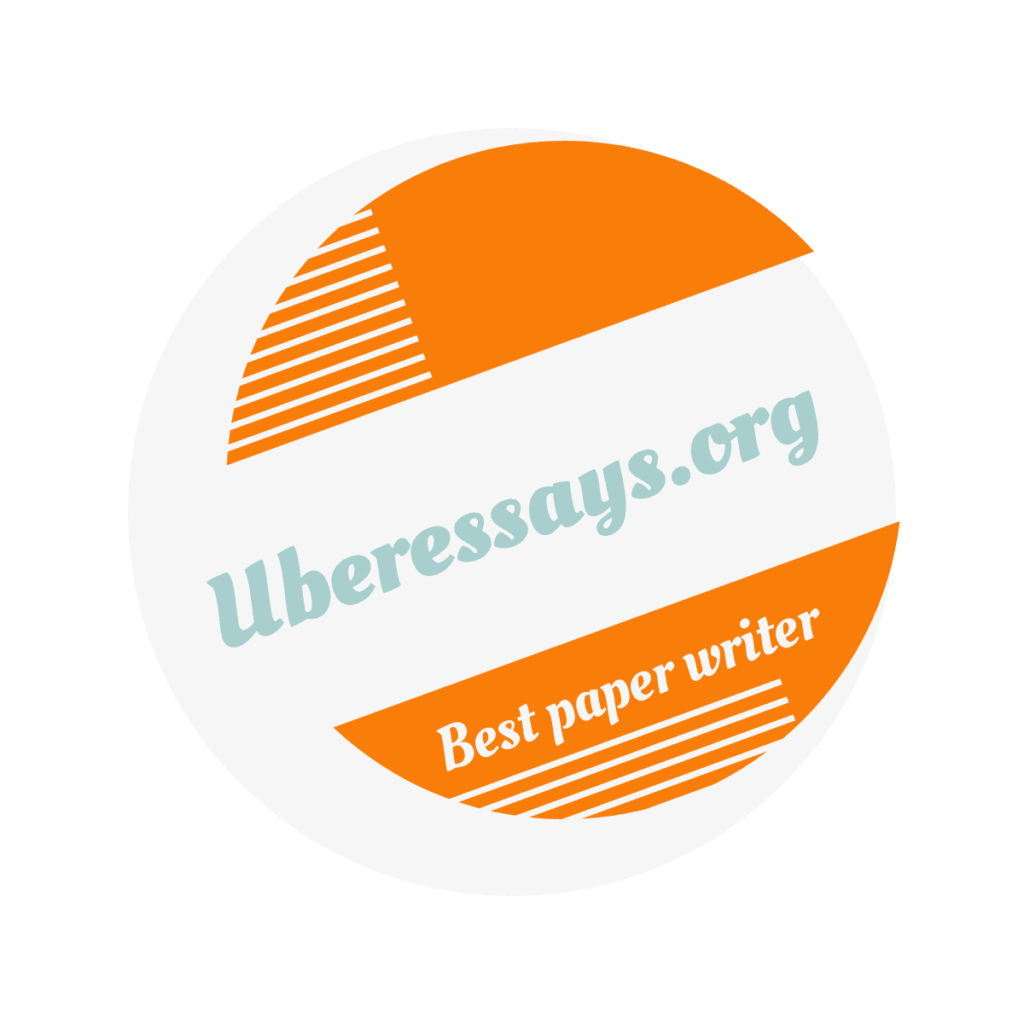

Bus 312: Assignment I – Training Need Proposal (Individual)
Assignment Value: 15%
Objective: Develop a professional training proposal to address a training need and
demonstrate how the proposed training will either solve a problem or provide a
benefit for the organization.
As the Training and Development Manager, you have been alerted to a potential training need. Prepare
a proposal for a Training Program for the new head of HR to gain her support. Your proposal must
contain sufficient information to make a decision whether to proceed with the project.
Submit one Word document to the Assignments folder on D2L.
Note: Training Program must be a minimum of two and a maximum of four hours in length.
Organizing Your Assignment
Proposals should be four to six pages (double spaced, 1500 words maximum) plus a title page and
references. Organize your proposal as follows:
1. Overview – an introduction to the organization, its business strategy (vision, mission, purpose), and
your proposal.
2. Identified training need
• what is the need and why is it important enough to be addressed?
• Who requires this training? Explain your rationale for your target audience.
• How does proceeding with the training support the organization’s strategy and business
objectives.
3. Mini-needs assessment – complete your mini-needs assessment, then, in the proposal:
• describe the elements of a needs assessment you thought were necessary and why
• summarize your rationale for your chosen approach – why did you complete the mini-needs
assessment the way you chose to?
• summarize your findings (what evidence did you gather that supports the need for training?)
and conclusion(s) reached
4. Proposed design and delivery overview – what do you anticipate the training will look like, based on
your preliminary research?
5. Administration – the “behind the scenes” work required to deliver the training
6. Proposed budget
7. Conclusion
8. References
Five W’s and One H
Consider the following questions as you develop your proposal:
Who:
• Describe the organization (e.g., public or private sector, industry, number of employees, etc.)
• Who will participate in the training (be specific)? Why?
What:
• What need are you addressing? Why is it important?
• What benefits will result from the training for the organization?
Where:
• Training delivery you propose to utilize (e.g., classroom training, online training?)
When:
• Are there timing constraints (e.g., a product launch, a deadline, seasonal needs)?
• How long will the training take?
Why:
• Why is the training required?
• How does the training support the organization’s vision and strategy?
How:
• What administration is required (i.e., “behind the scenes” work)?
• How will trainees know the training is happening? What information will the trainees and/or
their supervisors require in advance of the training?
• What training materials need to be developed?
See marking rubric on the next page…
Marking Rubric
Section Well-Thought Out Assignments Ensure:
Overview
0 0.5 1
• Purpose of the proposal is clear
• Message is appropriate to the proposal’s audience
• Connections to organization’s strategy are clear
Training Need
0 0.5 1 1.5
2 2.5
• Training need is well defined (i.e., specific, clearly described)
• Scope of training need is stated (i.e., target participants are described,
rationale for target audience included)
• Context of need is training clear
• Benefits of addressing the training need are provided and alignment with
organizational objectives is demonstrated
Mini-Needs Assessment
0 0.5 1 1.5
2 2.5 3 3.5
4
• Preliminary needs assessment approach is described in sufficient detail and
clarity
• Rationale for preliminary needs assessment is clearly described and makes
sense in the context of the need and organization
• Findings are effectively summarized
• Conclusions are based on findings, reasonable, and are well-explained
Design and Delivery
Overview
0 0.5 1 1.5
2 2.5
• Training is well thought out, no major gaps
• Training methods are appropriate to training need and to target trainees
• Proposal is consistent with accepted learning practice
• Amount of content is appropriate to time allotted
Administration
0 0.5 1
• All required ‘behind the scenes” work is included
• No major gaps
Budget
0 0.5 1 1.5
2
• All items with a cost included
• No major omissions
Conclusion
0 0.5 1
• Insightful/thoughtful
• Difficult to say “no.”
Style and Format:
0 0.5 1
• Appropriate length (does not exceed 1500 words)
• Post-secondary writing standards (grammar, punctuation, sentence structure)
• Demonstrates professionalism (meets workplace standards)
• APA citations and references
Total: /15
